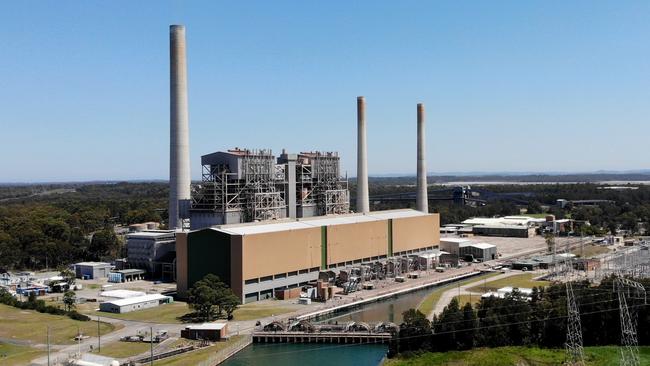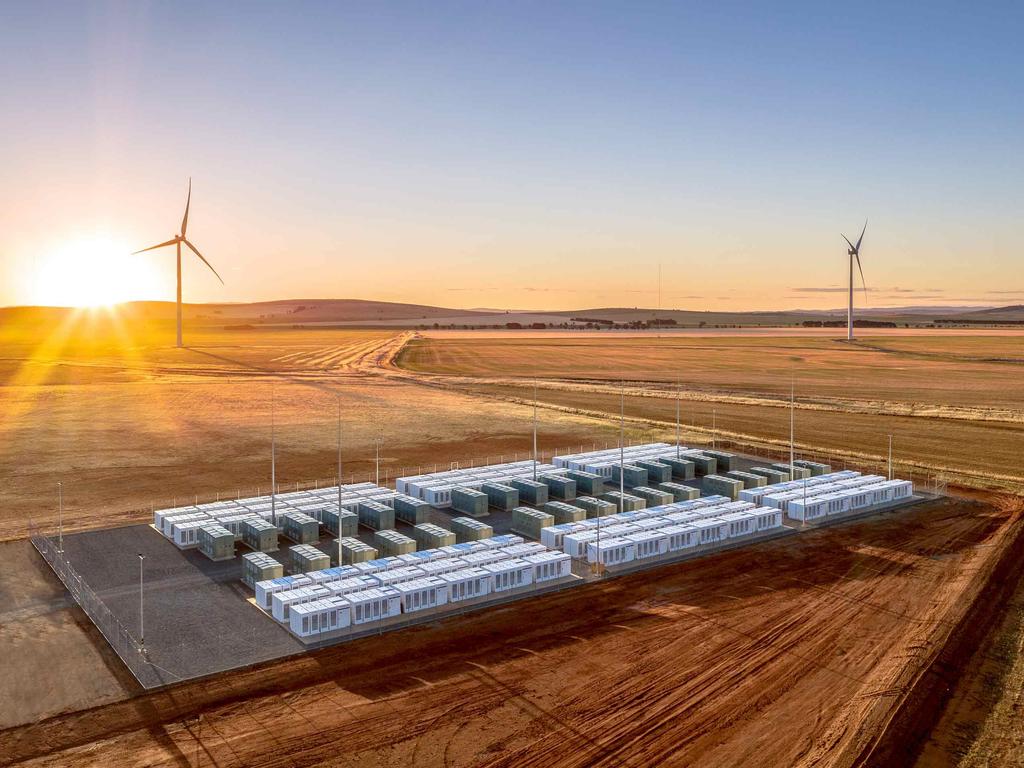NSW warns of early coal plant closure fears
NSW is worried that coal plants could close early as market pressures continue to grow.

The nation’s coal plants could be tipped out of the electricity market earlier than planned with their owners under financial pressure and solar increasingly undercutting the fossil fuel’s profitability, NSW Energy Minister Matt Kean has warned.
While NSW wants to keep its coal plants in operation for as long as possible, the minister said he was worried that closure dates may come forward given the underlying pressures in the market. “My great fear is that it’s going to start falling out much sooner than the Australian Energy Market Operator report has predicted,” Mr Kean told an electricity forum on Wednesday.
“There’s a lot of things that concern me particularly around recent financial announcements that would suggest existing coal-fired power stations are just not economically viable.
“Those directors will be looking at those assets and determining whether or not they keep investing in capital upgrades or new coal contracts and a whole range of things.
“So I’m greatly concerned about the early exit of coal.”
Trevor St Baker’s Vales Point coal plant and Origin’s Eraring station are due to start closing units from 2029, according to AEMO, but facilities are increasingly having to switch off during daytime hours when high solar supplies undercut them on price.
Big energy producers and users have been raising fears over a plan by the NSW government to underwrite investment in renewable and storage generation, saying the move would distort market signals and detract from a national approach underway.
But Mr Kean shot back at the nation’s energy players – including Mr St Baker, EnergyAustralia and Origin – pointing to the huge commitments from developers to the state’s ambitious renewable energy zone plan.
“All these forces combined to try and block the road map because they didn’t want more competition in the market. But I say competition is in the interest of consumers, and that’s been borne out by what we’re seeing with the oversubscription of our renewable energy zones.”

One potential solution to ease the problem is a capacity mechanism recommended by the Energy Security Board which will put incentives in place to stop the early closure of power plants and create long-term signals for investment in dispatchable generation.
Mr Kean, an outspoken critic of the Morrison government’s climate change ambitions, has given his preliminary backing to the plan but did caution he was worried about costs should it proceed.
“Obviously we‘re very supportive of making sure that we have a reliable grid, but we don’t want NSW consumers to pay twice for the same infrastructure.
“We’ve got a clear backup plan to build two gigawatts of long duration storage by 2030 as well as additional firming if needed to meet our energy security target here in NSW, so we’ll continue to discuss this issue with the Energy Security Board in the detailed design process.
“The last thing we want to do is cause more uncertainty for investors. The whole point of the road map is about lowering risk, and the cost of capital to see that flow through to consumers and businesses at lower prices.”
The capacity mechanism was endorsed by the Australian Workers Union and the CFMEU, but Australian Industry Group chief executive Innes Willox has said it was “impossible to evaluate, given its vagueness”.
Mr St Baker rejected the idea it was about extending the life of coal stations and said the mechanism was about ensuring the power grid operated reliably.
A spokeswoman for the Andrews government said the design of the capacity mechanism would have to align with Victoria’s ambition to lower emissions by 45-50 per cent of 2005 levels by 2030 – a target nearly double that of the Morrison government.






To join the conversation, please log in. Don't have an account? Register
Join the conversation, you are commenting as Logout